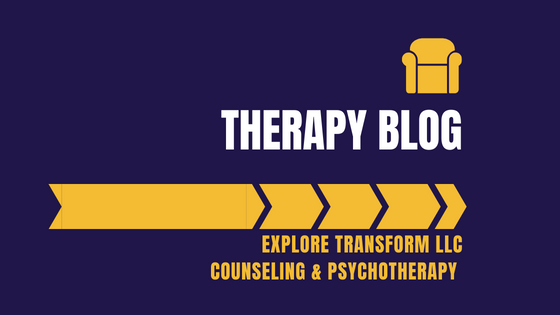|
Epictetus once advised that you shouldn’t moor a ship with just one anchor. The same can be said about the ways you keep yourself feeling safe, calm, and regulated. If you rely on just one or two methods, these can lose their effectiveness. Or we might develop an aversion to them because of overuse, or because of the development of a negative association.
According to Polyvagal Theory, when we talk about feeling safe, calm, and regulated, we are referring to the ventral vagal state. This is just one of three different states that the nervous system can be in, the other two being sympathetic (fight/flight) state or a dorsal vagal (shut down) state. Once you recognize when you feel safe and calm, you can use memories of these times to keep your nervous system regulated. Under times of stress, it can be hard to remember that there are times when we have felt open-hearted, curious, joyful, or energized, so your therapist can help you to anchor these, so they are easier to refer to. Think about when you have felt safe and calm, and make a note of who was involved, what you were doing, where you were, and when this occurred. So we don’t rely on just one anchor, think of at least two examples for each of the following categories: Who: Example: When I am around my closest friends (the “aunties” to my children), I feel safe and calm. (1)Who makes you feel safe and calm: _________________________________ (2)Who makes you feel safe and calm: _________________________________ What: Example: When my kids are cuddling into me, or when I feel the purr of my cats. (1)What makes you feel safe and calm: _________________________________ (2)What makes you feel safe and calm: _________________________________ Where: Example: When I am in my garden and I watch the birds flying around me. (1)Where do you feel safe and calm: ___________________________________ (2)Where do you feel safe and calm: ___________________________________ When: Example: First thing in the morning, when the house is still before anyone wakes up. (1)When you feel safe and calm: ______________________________________ (2)Who you feel safe and calm: _______________________________________ These categories were suggested by Deb Dana in her book Polyvagal Exercises for Safety and Connection, and she encourages you to note these examples of being in your ventral vagal state, making a note on post-it notes that you can stick up around your home. Once you identify these resource memories, you can “tap” these in at least once a day. In other articles I have explained the concept of “butterfly taps” but, by way of a brief recap, this involves gently and slowly tapping your chest with your hands. When you tap your chest back and forth you activate the vagus nerve, which acts as a “brake” on your sympathetic nervous system, slowing and calming your body and mind down. I hope you find this useful. There are plenty more resources on my website, so have a look around. And if anything is unclear, please contact me. Chris Warren-Dickins Explore Transform LLC Counseling and Psychotherapy in Bergen County, New Jersey www.exploretransform.com +1 (201) 779-6917 |
Due to the COVID-19 health crisis, we are only offering sessions online.
Our address is 143 E Ridgewood Ave, #1484, Ridgewood, NJ 07450
Telephone: +1-201-779-6917
Lead clinician: Chris Warren-Dickins LLB MA LPC
EXPLORE TRANSFORM LLC
Our address is 143 E Ridgewood Ave, #1484, Ridgewood, NJ 07450
Telephone: +1-201-779-6917
Lead clinician: Chris Warren-Dickins LLB MA LPC
EXPLORE TRANSFORM LLC
© COPYRIGHT 2024 CHRIS WARREN-DICKINS. ALL RIGHTS RESERVED. NJ LICENCE # 37PC00618700



 RSS Feed
RSS Feed
